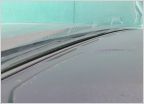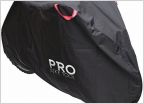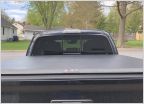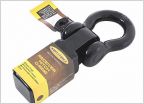-
Welcome to Tacoma World!
You are currently viewing as a guest! To get full-access, you need to register for a FREE account.
As a registered member, you’ll be able to:- Participate in all Tacoma discussion topics
- Communicate privately with other Tacoma owners from around the world
- Post your own photos in our Members Gallery
- Access all special features of the site
Fuel Pumps?
Discussion in '3rd Gen. Tacomas (2016-2023)' started by Toycoma2021, Jul 10, 2023.


 Winch controller box relocation
Winch controller box relocation Vibrating/rattling dash :(
Vibrating/rattling dash :( Looking for a bicycle cover!
Looking for a bicycle cover! Short bed covers
Short bed covers Receiver Hitch D-Ring safe?
Receiver Hitch D-Ring safe? Needle Bearing vs. ECGS
Needle Bearing vs. ECGS











































































